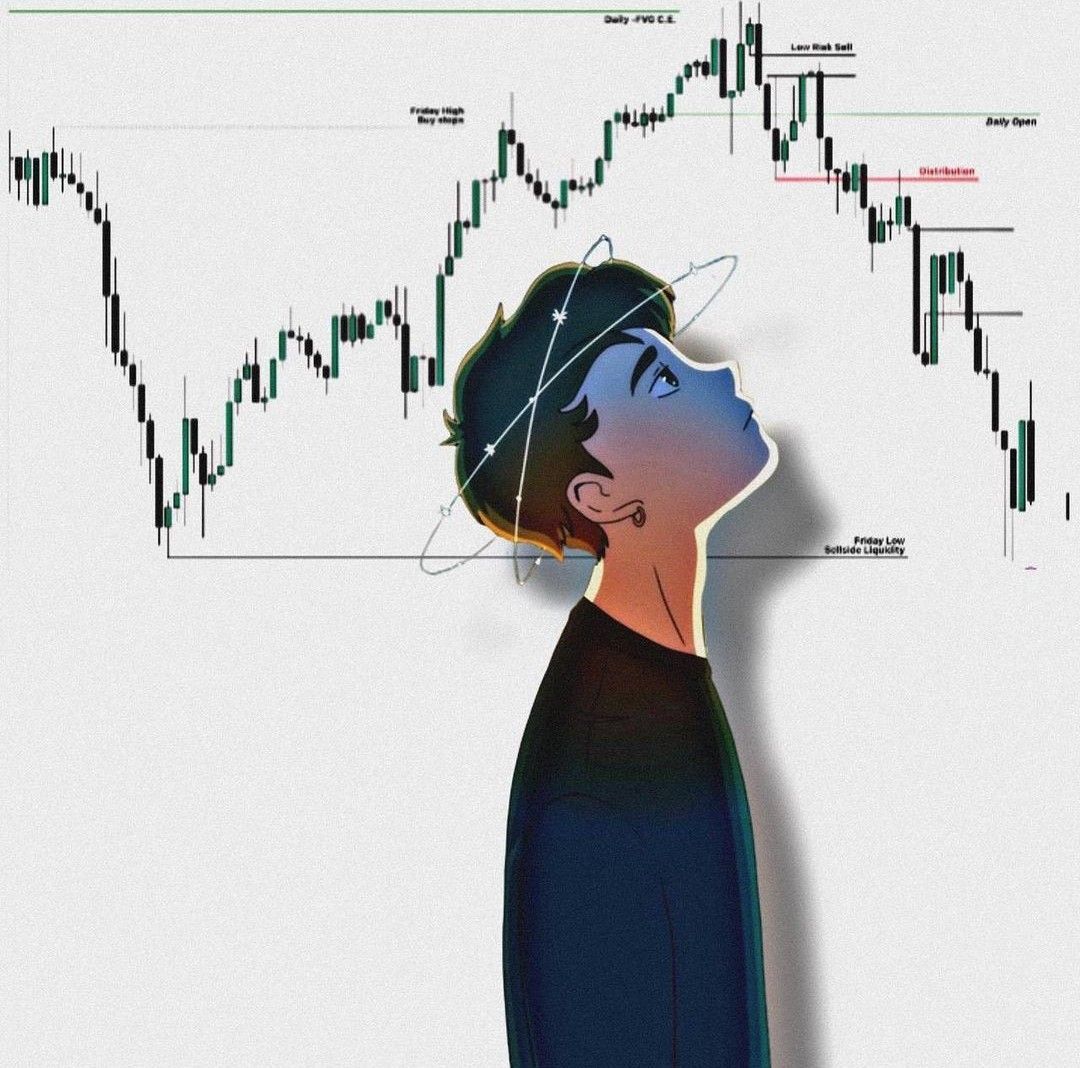Trade the EIA Edge: WTI Crude Oil Strategy for Counter-Trend Reversals and News Volatility
How to Systematically Trade WTI: Integrating High-Leverage Position Sizing with Volatility-Driven Counter-Trend Entries.

⛽ Oil's Intraday Battle: A Systematic Day Trading Guide for WTI Crude Futures (CL/MCL)
Introduction: Trading the Geopolitical Commodity 🛢️
WTI Crude Oil Futures (CL) and Micro Crude Oil Futures (MCL) represent a different challenge than the tech-driven NASDAQ. Crude oil is a global commodity, meaning its price is aggressively influenced by geopolitics, supply/demand imbalances, and inventory reports.
This market is highly volatile and frequently exhibits whipsaw price action, often punishing simple trend-following systems. Success here demands a systematic approach that integrates a clear understanding of fundamental market context with disciplined execution—a key requirement for moving past the Inconsistent System stage.
Section 1: Understanding WTI's Unique Market Drivers
To trade WTI systematically, you must respect the catalysts that create its volatility:
- EIA/API Inventory Reports: The weekly US inventory data (API on Tuesday, EIA on Wednesday at 10:30 AM ET) is the single most important volatility event for WTI. These reports on crude oil and refined product stocks dictate market sentiment for days.
- OPEC+ Decisions: Production cuts or increases announced by the cartel can trigger multi-dollar moves instantly.
- Geopolitical Risk: News related to major oil-producing regions (Middle East, Russia) creates "risk premium," causing sudden, sharp spikes in price.
- Tick Value: The full CL contract is highly leveraged at $10.00 per tick (or $1,000 per dollar move). The smaller MCL contract is $1.00 per tick (or $100 per dollar move). Be mindful of this high tick value when sizing your trades.
Section 2: Core Systematic Strategies for WTI/CL
Given WTI's tendency toward mean reversion and its sensitivity to supply/demand points, we prioritize strategies that capitalize on extremes.
1. Counter-Trend Reversal at Key Levels
WTI often trades between well-defined support and resistance zones based on prior day's price action or institutional levels.
- Indicators: Use a Volume Profile (or similar tool) to identify high-volume areas, or simply mark obvious prior swing highs/lows. Incorporate a momentum oscillator like the RSI (Relative Stress Index) or Stochastics.
- The Setup:
- Price rapidly approaches a pre-identified key support or resistance level.
- The momentum oscillator registers an extreme: RSI < 30 (Oversold) for a long setup, or RSI > 70 (Overbought) for a short setup.
- Entry Signal: Wait for a clear reversal candle (e.g., pin bar, engulfing pattern) on your execution timeframe. Enter the opposite direction of the move that hit the extreme.
- The Exit: Target the next significant volume area or use a trailing stop above the entry candle.
2. Trading the Event (EIA Report) (Advanced/Cautionary)
Trading the 10:30 AM ET EIA report is risky but offers high potential reward for the disciplined trader.
- Pre-Event Plan: Do not hold positions into the release. The initial candle can be extreme and stops are prone to slippage.
- The Strategy (Fade the Initial Move):
- Wait 5-10 minutes for the initial spike and high volume to subside.
- Identify the high and low of the immediate post-report volatility range.
- Look for a false breakout of that range (a push beyond the high/low that immediately fails and retreats back into the zone).
- Entry: Trade the re-entry back into the range, fading the extreme price of the spike.
- Risk Management: Use a very tight stop right outside the high/low of the spike. This is a high-risk, high-reward strategy that demands flawless execution.
Section 3: Risk Management: Protecting Capital from Volatility 🛑
The high tick value of WTI makes disciplined risk management absolutely critical.
A. Position Sizing Based on ATR
WTI volatility can be large. Setting a stop based on a fixed dollar amount might be too tight. Instead, use the Average True Range (ATR) of your chosen timeframe to set a stop that gives the trade room to breathe, then size your position based on that stop distance.
Crucially, never risk more than 1-2% of your total trading capital on any single CL/MCL trade.
B. The Cushion Rule
WTI is famous for testing conviction. If a trade moves significantly in your favor (e.g., 2:1 profit/risk ratio), immediately move your stop to break-even or to lock in a small profit ("the cushion"). This eliminates emotional risk and secures your capital, letting you hold for a larger move with zero financial exposure.
Section 4: Performance Analysis: The Expectancy Review
Just as with NASDAQ, your long-term success with WTI is measured by your Expectancy.
- Crude oil tends to have a lower Win Rate for reversal strategies due to frequent whipsaws, but it offers a much higher Reward/Risk ratio when it catches a big move.
- Your goal is to prove that: (Lower Win Rate) x (Higher Average Win) > (Higher Loss Rate) x (Average Loss).
- Action Step: When reviewing your WTI trades, separate the data for trades taken during news events from those taken during normal hours. This segmentation will help you identify which systematic approach (event trading vs. range trading) is generating a truly positive edge.
Conclusion: Systematic Context for Crude
WTI Crude Oil is not a market for the unprepared. Its unique blend of fundamental drivers and high volatility demands a systematic approach that respects its tendencies toward mean reversion and its propensity for rapid, headline-driven moves. By focusing on contextual awareness, calculated counter-trend entries, and ironclad risk management, you move beyond inconsistent results and establish yourself as a truly professional oil raider.
Ready to learn how to properly size your positions and manage volatility using these high-leverage margin concepts?
Book a guaranteed Trader Assessment with our experts to move past inconsistent results and build a scalable system.








